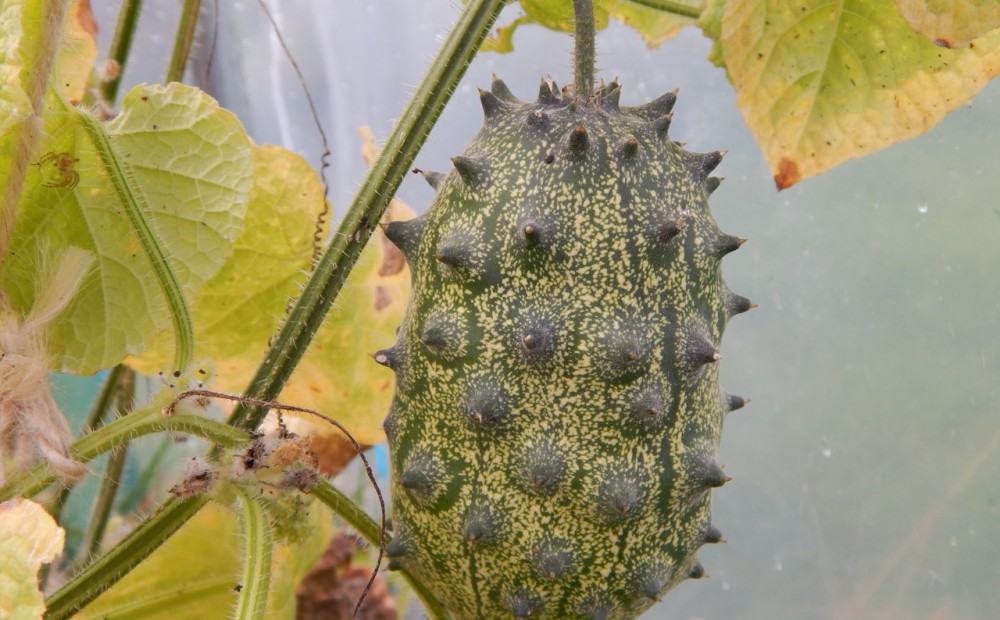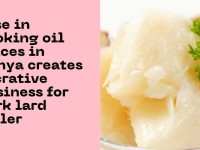From a glance, thorn melon (also known as kiwano or horned melon) might pass for just another ugly and worthless wild fruit of the African Jungle. However, as an entrepreneur and somebody who cares about good health, a closer look at the spiky tropical fruit will reveal endless potential waiting to be exploited.
First the fruit is rich in nutrients. It has made headlines across the world, and here in Kenya The Daily Nation and The Standard Newspapers have lauded its perceived health benefits. Secondly, it offers rich pickings for investors presenting a better alternative use of small chunks of land. So if you have a small ka-plot lying idle somewhere, this might just be the best way to utilize it. Let’s look at the profitability and viability of this idea.
Step 1: Getting Started
It is very easy to get started. First you need to find land that sits anywhere in the altitude of 200 and 1800 feet above the sea level. Most parts of Kenya fall under this range. Besides altitude, you need to consider soil PH between 6.0 and 6.5. It doesn’t have to be a large chunk of land – you can start with whatever small you have and then scale up as demand and production level out. You can plant on open ground but greenhouse tends to give even better results.
Step 2: How to Obtain Seeds
You can either choose to obtain ready seedlings from KARI or propagate some for yourself at home. You only need to pick a mature healthy fruit to extract the seeds. Then ferment the seeds for 3 days in a plastic container before planting. Normally, it takes 3 weeks for germination to take place. After germination, you should then transfer the plantlets to the farm in well spaced holes.
*Holes should be spaced in 60cm by 60cm
*Consider adding compost manure to the hole before planting
*The best fertilizer to use is NPK 17:17:17
*This is a climbing plant so you need to provide enough space for it to grow
*You can spray leaves of mature plants with foliar feeds to maximize on production
*No pesticides are needed, the plant is quite hardy
Step 3: Harvesting and Productivity
After planting, you will need to wait for 3 months for the crop to mature and start producing healthy fruits. Harvesting is done by simply picking the ripe fruits and putting them gently inside a bucket. The average shelf life of a harvested kiwano fruit is 6 months – giving you adequate time to find market for your produce.
How Much To Invest
On average Ksh3,500 would be enough to start a small 1/8 acre (50ftx100ft) farm with about 80 plants.
How Much To Expect
A single plant produces 15 fruits per season translating to potential revenue of Ksh25,000 per harvest on 1/8 acre farm.
Final Word
This can be a great side-hustle especially if you have a plot of land that lies idle. The fruit can be grown on black cotton soil as well as red volcanic soil. So why not put that ka-plot of yours in Ruai, Kitengela, Isinya, Rongai or Joska to better use?



















